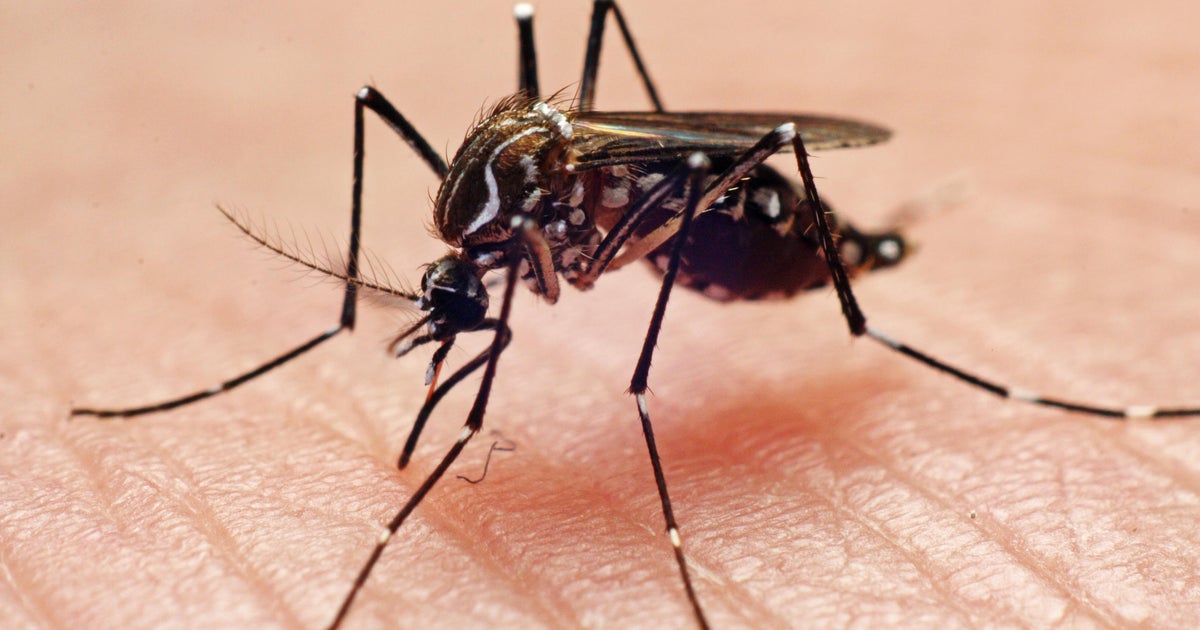As dengue cases break international records, U.S. health officials warned doctors Tuesday to be alert for the mosquito-borne virus, prompting questions about where exactly the disease has been detected.
Officials note there is no evidence of a current outbreak, but so far this year there have been three times more cases than at the same point last year in the 50 states — mostly from infections travelers got abroad.
Dengue remains less common in the continental United States than other parts of the world. The virus is often a leading cause of illness in these areas, primarily in tropical and sub-tropical climates around the world. Almost half of the world’s population live in areas with dengue risk, according to the Centers for Disease Control and Prevention.
Following spikes in cases, the World Health Organization declared an emergency in December, and Puerto Rico declared an epidemic in March. So far this year, there have been nearly 1,500 locally acquired U.S. cases, nearly all of them in Puerto Rico.
Local mosquitos still pose a threat, officials warned in Tuesday’s health alert, advising doctors to know the symptoms, ask questions about where patients recently traveled and consider ordering dengue tests when appropriate.
“We’ve seen a huge outbreak in Latin America over the last several months. There are parts of the United States that are also at risk, in particular the Gulf Coast, Florida, Texas, also parts of southern California,” said Dr. Céline Gounder, a CBS News medical contributor and editor-at-large for public health at KFF Health News.
What is dengue fever caused by?
Dengue virus, often referred to as dengue fever or “break-bone fever,” due to pain being one of its major symptoms, spreads to humans through the bite of an infected mosquito.
“Part of what we’re seeing now is with climate change — with increasing areas that are hot, humid, which are friendly to mosquitoes, where mosquitoes breed — we’re seeing more transmission of dengue,” Gounder said.
If you’re traveling, Gounder suggests taking precautions.
“Stay in places that have air conditioning or have screened windows, where your exposure is going to be less. Use insect repellents with DEET or picaridin,” she said. “And really stay away from places, to the degree that you can, where there is standing water, or where you can see there’s a high concentration of mosquitoes.”
Many people don’t develop any symptoms, while others get a relatively mild case the of illness that typically gets better in 1 to 2 weeks, according to the World Health Organization. For some, however, the infection can evolve to severe dengue, which is a medical emergency that may require hospital care.
Dengue fever symptoms
About 1 in 4 people infected with dengue will get sick, the CDC says, with symptoms ranging from mild to extreme. About 1 in 20 people who get sick will develop severe dengue, which can result in shock, internal bleeding and even death.
The most common symptom is fever, which is usually accompanied by:
- Nausea and vomiting
- Rash
- Aches and pains, including pain behind the eyes
If symptoms occur, they usually start four to 10 days after infection and last for two to seven days, according to the WHO.
Additional warning signs that could point to severe dengue include:
- Belly pain, tenderness
- Vomiting (at least 3 times in 24 hours)
- Bleeding from the nose or gums
- Vomiting blood, or blood in the stool
- Feeling tired, restless or irritable
Immediately seek professional help if you or a family member has any of those symptoms. “Warning signs usually begin in the 24 to 48 hours after your fever has gone away,” according to the CDC.
-The Associated Press contributed to this report.

Rachel Carter is a health and wellness expert dedicated to helping readers lead healthier lives. With a background in nutrition, she offers evidence-based advice on fitness, nutrition, and mental well-being.








